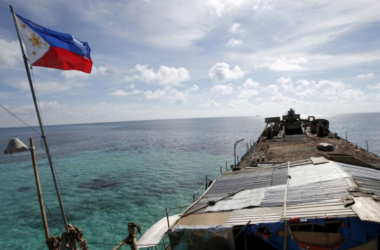In a strategic move to secure access to essential minerals, the European Union (EU) and the United States have joined forces to initiate the groundwork for a corridor that will link the Democratic Republic of Congo and Zambia to the Atlantic Ocean. This collaborative effort signals a growing global competition for critical minerals and underscores the changing dynamics of international resource acquisition.
The demand for vital minerals, particularly in the fields of technology and renewable energy, has surged in recent years. Both the EU and the US are seeking to diversify their sources of these minerals to reduce dependence on a single supplier, particularly China, which currently dominates the global supply chain.
The proposed corridor is seen as a means to facilitate the transportation of minerals from the resource-rich regions of the Democratic Republic of Congo and Zambia to the Atlantic Ocean, providing an alternative export route to the traditional pathways through the Indian Ocean. By doing so, the EU and the US aim to reduce transportation costs and logistical challenges associated with mineral extraction.
China has been a major player in the global mineral trade, primarily through its Belt and Road Initiative, which has enabled access to minerals from various parts of the world, including Africa. The EU and the US’s strategic collaboration is seen as a response to China’s increasing influence in the resource-rich regions of Africa.
This joint initiative involves investing in infrastructure development, including roads, railways, and ports, which will be crucial for the efficient transportation of minerals from the interior of these African countries to the Atlantic coast. The development of this corridor is expected to open up new opportunities for trade and economic growth in the region.
Competition for access to critical minerals is not limited to the European and American powers. Various other countries, including China, Japan, and South Korea, have been actively seeking mineral resources in Africa and other parts of the world. This competition highlights the geopolitical and economic significance of securing a stable supply of minerals essential for modern industries.
The collaborative effort by the EU and the US also underscores the shifting dynamics of international competition, with an increasing focus on resource security and diversification. It serves as an example of how countries and regions are looking to safeguard their access to critical minerals to ensure their future economic and technological development.
As the groundwork for the corridor connecting the Democratic Republic of Congo and Zambia to the Atlantic Ocean begins, it is anticipated that this initiative will continue to be a subject of interest and scrutiny on the global stage, as it not only has economic implications but also strategic and geopolitical significance. The race for access to critical minerals will likely remain a defining feature of the 21st-century resource landscape.








